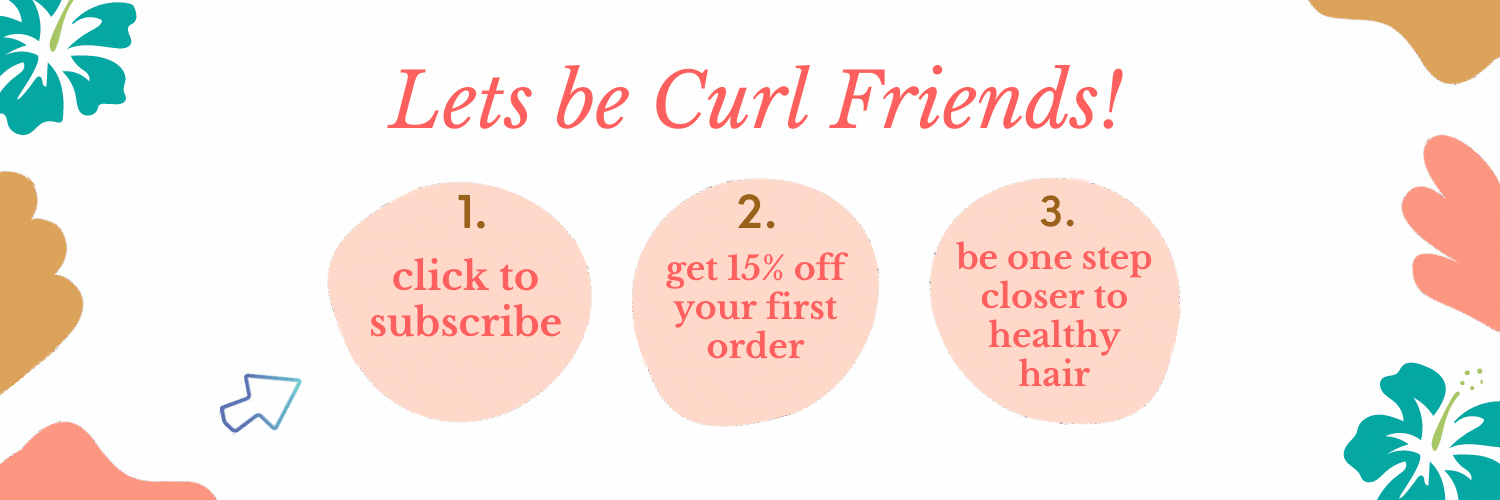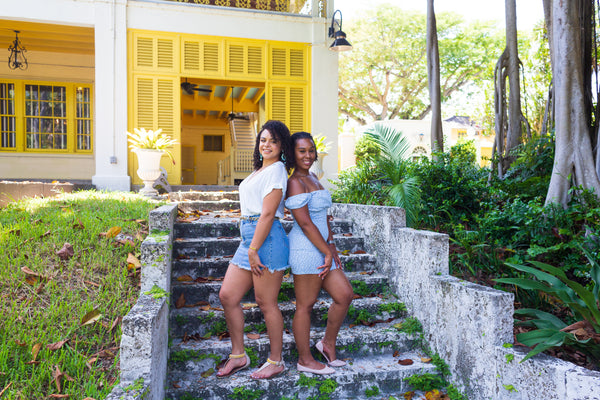Your Cart is Empty
free shipping on orders $100+ (u.s only)
free shipping on orders $100+ (u.s only)
March 11, 2019 4 min read 11 Comments
As naturals we hear it all the time: “learn your porosity!” You heard it from me in my post WTH Is Porosity? And you heard it from Madisen in her post Natural Hair: The Guide to Learning About Porosity. If you aren't sure what your porosity is, go ahead and read those posts before you read this one.
I believe that porosity is your most important hair type. It matters more than your curl pattern because it determines how your hair retains moisture. Moisture is what natural hair needs to thrive! Knowing and understanding your porosity can be a game changer!

You read the characteristics, you’ve been observing your hair and you figured out your porosity, now what?
Today Madisen and I are collaborating to bring you personalized tips on dealing with your porosity! The Low Porosity tips were written by me, based off my personal experiences of course; and the High Porosity tips are written by Madisen based off of hers! Unfortunately, we can'tguaranteethat they will work the same for you. As with everything natural hair includes some trial and error, but definitely give them a try as you figure out what works best foryou.
If you have low porosity hair, keep on reading. If you have high porosity hair, head over to Madisen’s post: 6 WAYS TO CARE FOR HIGH POROSITY HAIR.
Tips for dealing with Low Porosity Hair



These are the tips and ticks that have been game changers for me, keeping my low porosity curls moisturized and healthy. I hope you learned something from this post today! If you have, definitely let me know. If you have your own tips, feel free to share those too. Don’t forget to click here and subscribe if you haven’t already. (Shhhh, I do random giveaways to reward those who regularly engage with my blog and Instagram, you could be the next winner! The last 2 winners won 2 oz samples of my Ayurvedic Oil.)
Even if you don’t have high porosity hair, definitely check out Madisen’s blog, it’s filled with tons of carefully crafted content on all things natural hair. I love watching her blog grow because I can tell she's extremely dedicated and truly loves it!
Do you know your hairs porosity? If so, do you think it's been beneficial to know?
XO
Consy


Hey Curly! Join our email list and get 15% off your first order. You'll also be the first to receive exclusive news, healthy hair tips, promotions and more.